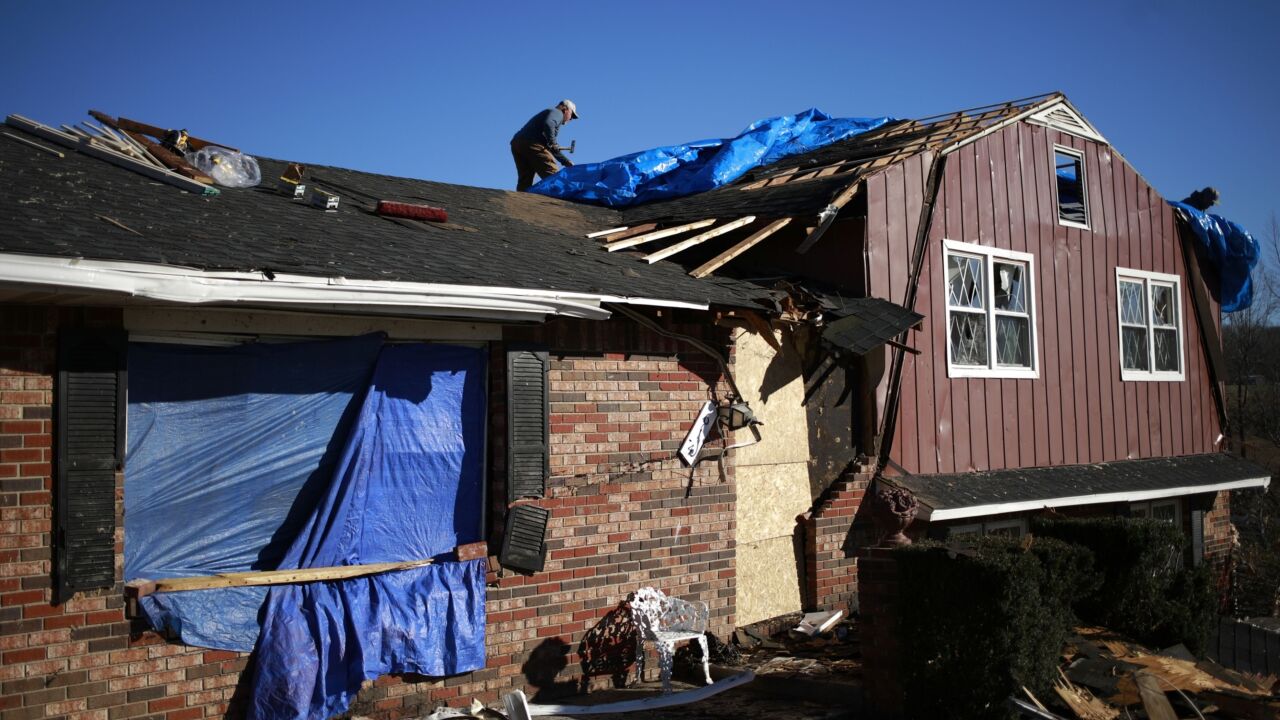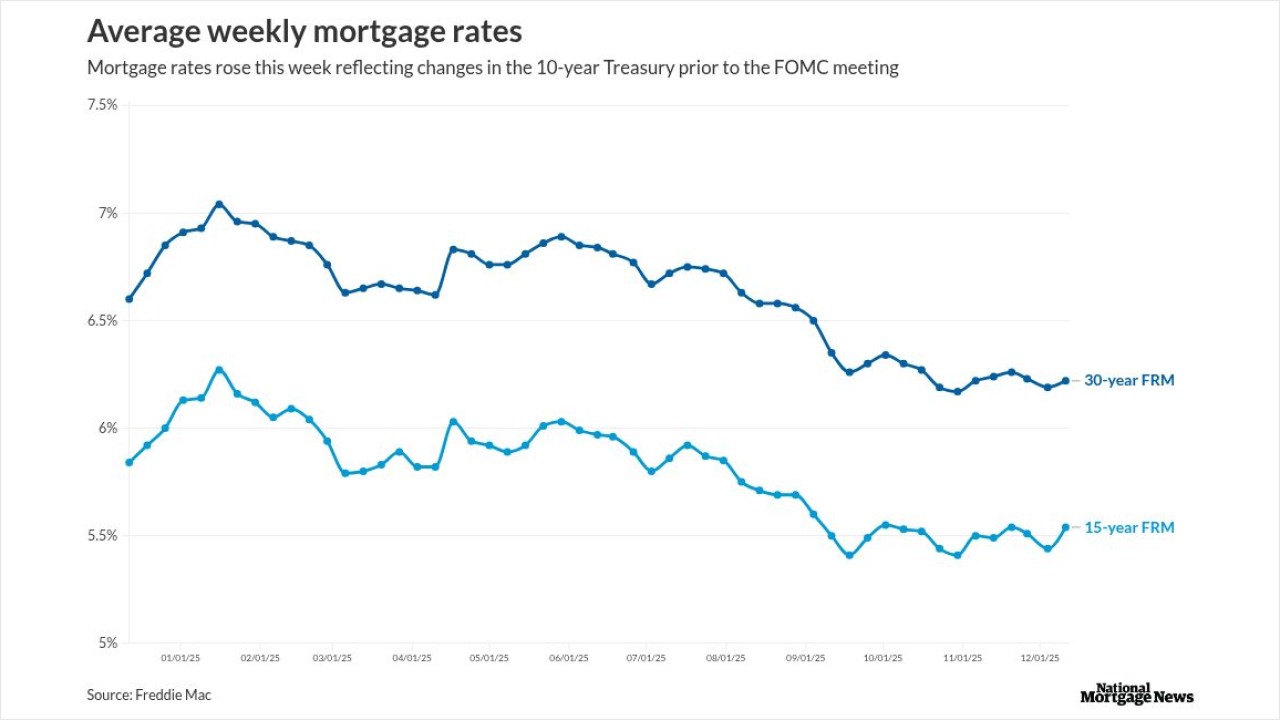The Whitefish, Mont., Legacy Homes Program intended to create housing for those with moderate incomes officially went into effect on July 3.
The program requires new residential developments that need a discretionary permit to include 20% of new housing units as permanently affordable. Those units will be deed-restricted through the Whitefish Housing Authority for local working people.
The program relies on inclusionary zoning, a housing tool that links the production of affordable housing to the production of market-rate housing.
City Manager Adam Hammatt said the program is one of several initiatives the city is working on to create affordable housing.
"Our vision is to add affordable housing units to Whitefish," City Manager Adam Hammatt said. "Inclusionary zoning is one of our top priorities, but it's not meant to solve the affordable housing problem all on its own. We're looking to employ collectively several initiatives to make a dent in the affordablity issue, and we felt inclusionary zoning would be the earliest way we could provide units."
Whitefish estimates that its first housing units — rentals or houses for purchase — as a result of the program won't be available until 2021.
Residential development as a use by right is exempt from the program. However, when a discretionary permit — a conditional use permit, planned unit development or subdivision — is used, the developer is required to provide 20% of the homes at an affordable rate.
For example, if a developer is looking to construct 10 units on a site, two of those units would automatically be set aside for affordable housing. But the program includes incentives for developers, including increasing the density, thus allowing for 12 units to be constructed on the same size property with 10 at market rate prices and two units being designated as affordable, and pay a fee to go toward supporting housing for the fractional unit of that would be required as result of the 20% requirement.
"A lot of developers say when you take out those two units you're taking out the profit, but because of the incentives you're actually able to build 12 total units," Hammatt said.
As an offset for providing affordable housing as part of a market-rate development, the program offers a list of incentives that effectively reduce certain development standards depending upon the type of development.
The program is targeted to create housing for moderate income households. Those in the 60% to 80% of area median income range would qualify for rental units, and those at 80% to 120%of area median income would qualify for ownership units. Flathead County's area median income for a two-person household is $53,4000, and is also referred to as 100% area median income.
A housing needs assessment three years ago confirmed that Whitefish was in desperate need of affordable housing and called for the creation of 980 residential units here by 2020. The document said that 62 percent of those units should be at more affordable prices, and the subsequent Whitefish Strategic Housing Plan put the onus on the city to ensure the creation of affordable workforce housing.
One of the primary initiatives in the housing plan was the creation of the Legacy Homes mandatory inclusionary zoning program.
Housing units are deed-restricted as permanently affordable through the Whitefish Housing Authority.
Ben Davis, who chairs both the Strategic Housing Plan Steering Committee and the Whitefish Housing Authority boards, praised the Legacy Homes program.
"This program is the right thing to do for our town," Davis said in a statement. "We need to have this in place now because Whitefish is growing, and the housing challenges will only get worse."
The city notes that pricing for units is done on a sliding scale based on household income. For example, rental units would be priced to be affordable for a two-person household earning a gross income of $33,420 to $44,560 per year, with a two-bedroom apartment renting from $941 to $1,254 per month.
Two-person households earning $44,560 to $66,840 per year can qualify for ownership units. A two-bedroom home in the program would be priced from $175,603 to $263,404.
When developers submit plans for a housing project, they will have to also provide a Housing Mitigation Plan showing how they will meet the requirements of the plan.
Requirements stipulate that the affordable housing should be built on-site and be architecturally similar to the rest of the development, using the same exterior materials and finishes.
The program does provide options in special cases for off-site development of the affordable units or paying cash in lieu of building units. As an offset for providing affordable housing, the program includes a list of incentives for developers such as reduced parking, increased density and increased building height.
Inclusionary zoning is largely untested in Montana. Whitefish for several years previously had a voluntary affordable housing program, but that resulted in only eight units.
Bozeman implemented inclusionary zoning and in its first year created just eight new homes, according to a

Hammatt recognizes that Whitefish is embarking on new territory for the state, but he notes that the city has done its homework in crafting its program and plans to make adjustments to its regulations as necessary.
"Bozeman has not had great success, but we've looked at what we think they've done well and not, and tried to craft our plan based on that," Hammatt said.
He also pointed out that Whitefish in examining its affordable housing issue and crafting regulations brought on Rees Consulting, which has extensive experience working on affordable housing in resort communities.
Modifications to the program as changes occur in the economy, market place and housing stock in Whitefish will be necessary, Hammatt also notes.
Missoula recently released a number of policy recommendations aimed at addressing affordable housing there, but so far has decided against implementing mandatory inclusionary zoning, according to an article last month in the Missoulian.



